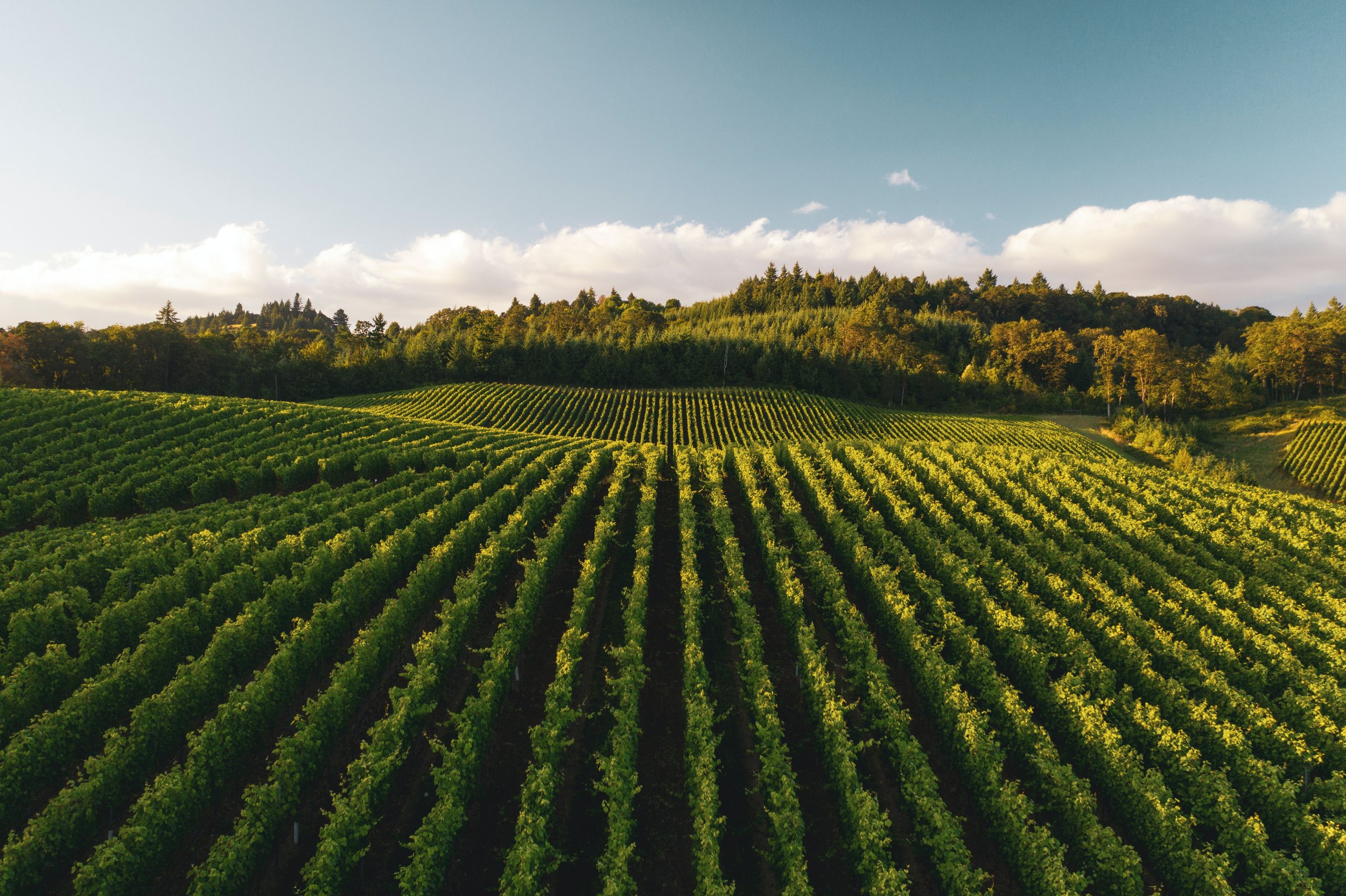
C-FARE increases public appreciation for research, extension, outreach, and academic programs in agricultural and applied economics.
The mission of the Council on Food, Agricultural & Resource Economics (C-FARE) is to translate knowledge generated by agricultural and applied economics professionals into educational programming directed to policy-makers, Congressional staff, stakeholders, and leaders in the federal administration












